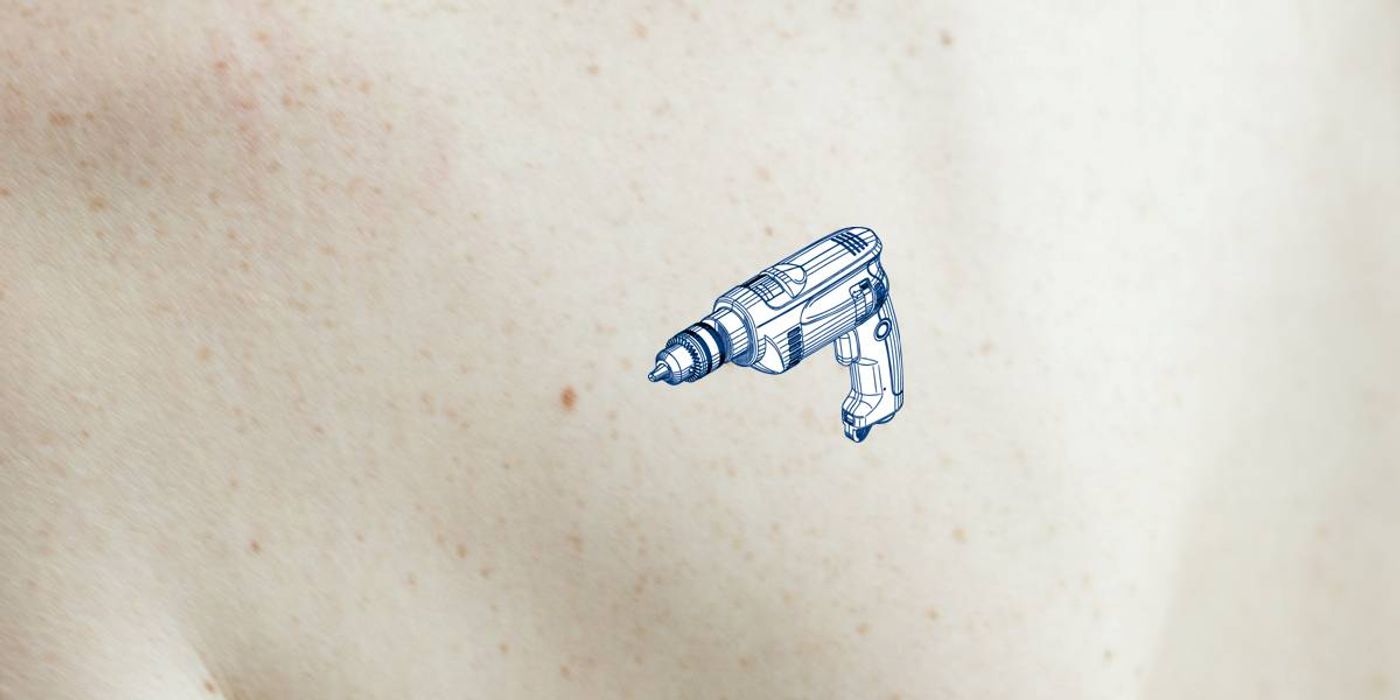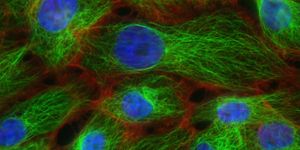Scientists Developed "Molecular Drills" to Treat Skin Diseases
Molecular machines are small chemical structures that are capable of mechanical movements similar to their macroscopic counterparts, except they are in the size ranging from nanometers to sub-micrometer.
In a recent report, a team of U.S. scientists claimed that they developed novel miniature machines that can help doctors target drug-resistant skin lesions, by drilling through layers of eukaryotic cells.
Molecular machines are everywhere. The human body uses macromolecules such as ATPases to synthesize ATP, DNA polymerases to assemble new DNA strands, and dyneins and kinesins to transport protein and other important cargos. The field of artificial molecular machinery focuses on the development of small organic compounds that are capable of mechanical tasks, such as molecular propeller, molecular switches, and nano-cars.
The 2016 Chemistry Nobel was awarded to three pioneers in the field, Jean-Pierre Sauvage, Sir J. Fraser Stoddart, and Bernard L. Feringa, to honor their research on the design and synthesis of molecular machines.
In the current collaborative project, researchers from Rice University, Biola University, and the Texas A&M Health Science Center came up with five different designs of molecular nanomachines (MNMs) that shared a feature: upon exposure to light of certain wavelength, they can rotate like a hand drill, some fast and some slow.
The same group previously tested similar MNMs on synthetic cellular membranes, cancer cells, and bacterial cells, all of which showed mechanical damages in their in vitro experiments. The current study aimed to investigate what kind of destructive effects these MNMs would cause in three multi-cellular organisms in vivo, C. elegans worms, water fleas, and mice.
The fast-rotating variety of the "molecular drills" exhibited high potentials as a therapeutic device: they killed 70% of the test C. elegans and caused discoloration on their bodies; for the water fleas, the MNMs managed to reduce their swimming activity, heart rate, and damage their tissues; on mice, the MNMs were applied directly on their skin, which lead to ulceration and micro-lesions in the epithelial tissue.
In a press release, James Tour, a Rice chemist and the co-leader of the project, commented on their research: "Now it has been taken to a whole new level. The work here shows that whole organisms, such as small worms and water fleas, can be killed by nanomachines that drill into them. This is not just single-cell death, but whole organism, with cell death in the millions."
The researchers published their results in the journal ACS Applied Materials & Interfaces.
Interested in finding more about molecular machines? Check out the following video from ACS Reactions
The Nobel Prize in Chemistry: Molecular Machines, Explained (Reactions)
Source: Science Daily










